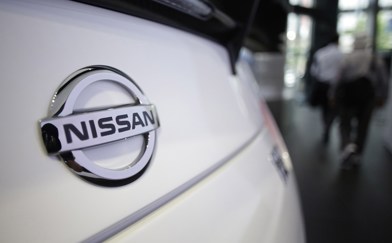Everyday life can be hectic - even more so on those weekends when it seems everyone has the same idea to go to exactly the same place.
Courtesy and respect for fellow road users is an easy win that can make driving more enjoyable and at times even reduce the overall time of your journey.
Unfortunately, common courtesy is not that common at all.
Driving while under the influence, dangerous driving and road rage are all extreme examples of disrespectful driving.
But there are far more common discourtesies that drivers can lapse into: being distracted, driving too slow, failing to indicate or tailgating.
Here are some tips to keep the “red mist” at bay
- Remain calm, relaxed and alert.
- Drive defensively and make allowances for errors by others.
- Adopt a “share the road” rather than a “me first” approach to driving.
- Use the horn only as a warning device.
- Leave unpleasant encounters or delays in the past and concentrate on the rest of the trip.
- Don't try to police others' behaviour.
- Leave the windows up if prone to yelling at other road users.
- Follow the signs. Large road signs are placed around NZ to emphasise the importance of driver behaviour and personal responsibility on the road. Examples include: passing lane etiquette (“Stay in the left lanes”) and how to merge (“Merge like a zip”). You’ll also see reminders that stress and fatigue can reduce concentration and tolerance and increase the risk of being involved in a crash.
Five driver behaviours that commonly frustrate motorists
The texter/navel gazer
Texting while driving is illegal and it can be even more dangerous than talking on your phone. Taking your eyes off the road can cause catastrophic accidents:texting drivers have been found to be 23 times more likely to crash.
The non-indicator
Over-used or under-used - there doesn’t seem to be a happy medium to indicator use in NZ. We’ve seen people indicating around a sharp corner, then watched in awe as they’ve pulled over to the side and stopped without so much as a glance in the mirror, let alone a signal.
There’s also those infuriating drivers that indicate as they are making the manoeuvre, or give you a tiny, single blink when it’s way too late to be of any use.
The crawler
There are times and places where travelling below the speed limit makes sense, but some people drive so slowly that it frustrates the people around them. This can lead to risky manoeuvres to get past.
It can be even worse when someone who was driving slowly speeds up when they reach a passing lane or sits in the outside lane, oblivious to the long tail of traffic stuck behind them. It’s okay to go slower than the flow, but keep left and look for opportunities to let others past.
The tailgater
To a large extent, the evolutionary byproduct of the oblivious fast-lane sitter. Having someone following so close that you can see their eyeballs can be pretty intimidating - if you have to stop suddenly you know it won’t end well for either of you. Things can really escalate if the recipient of the tailgate retaliates by brake-checking (a sharp stab on the brakes as a warning).
It’s a two-way street; courtesy on the road also involves recognising and accepting responsibility for our actions and not holding a grudge against fellow road users. It is about being forgiving and making allowances, recognising that you will also benefit when goodwill is reciprocated. This helps improve overall road safety and contributes to reducing the road toll.
The amber gambler
It might be exhilarating to speed up in order to just scrape through a traffic light, but it’s dangerous and certainly not worth the risk - it’s a bad habit to have, and it could lead to major collisions.
Some traffic light transitions are longer than others, so you may think that you have time to make it when you really don’t. Responsible driving means slowing down and stopping when the light turns amber (if it’s safe to do so).




